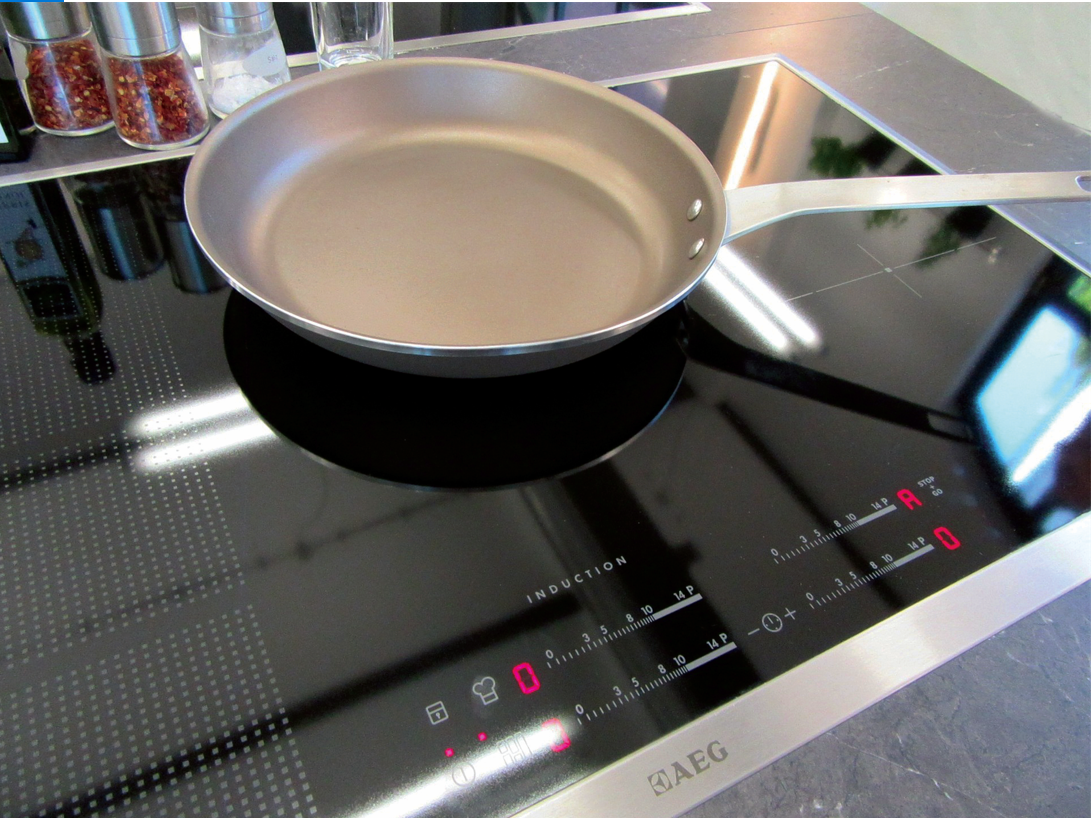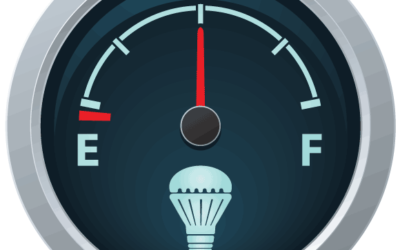
Induction cooking is one of the most efficient, safest and most precise ways to prepare food. Unlike traditional electric or gas cooktops and stovetops, no flame or burner is necessary.
How does it work?
Induction cooktops and ranges look a lot like typical glass-top electric models. An electromagnetic field below the glass cooktop surface transfers current directly to magnetic cookware, causing it to heat up. It saves energy by taking out the step of heating up a burner and then transferring heat to the pot.
What’s the advantage of induction cooking?
In general, an induction range or cooktop is 2-4 minutes faster than gas or an electric stove at bringing 6 quarts of water to a near-boil. Compared to natural gas or propane, induction cooking is about 2.5 times more efficient at transferring energy to the food. It allows for precise temperature adjustments and helps reduce the chance of burning food.
Splatters outside of the pan will not bake onto the cooking surface, making cleanup easier. There are also no burners to take apart and reassemble for a thorough cleaning.
Is it safe?
Induction cooking is considered safer because the cooking surface never gets as hot as it would on a traditional radiant electric range. As soon as you remove the pot, the heating stops. If you accidentally turn on an induction burner but do not have a pot on the surface, it will not get hot.
The cooktops can get hot, but only because the heat is transferring from the cooking pot to the glass through conduction, like a hot pan transferring heat to a countertop after you set it down to rest.
Compared to natural gas or propane, there is no combustion and reduced cooking fumes. Induction also produces less excess heat in the kitchen and reduces ventilation requirements.
Bonus – the American Heart Association has deemed the low electromagnetic field safe for patients with pacemakers or medical implants.
What kind of cookware is needed?
Not all pots and pans will work with an induction cooktop. If the pan is made of aluminum or anodized aluminum, it won’t work. Induction cooking relies on an electromagnetic field so if they’re not magnetic, you’ll need to invest in a new cookware set. Look for pots and pans marked “induction-compatible.” An easy test to see if your cookware is compatible is to see if a magnet strongly sticks to the bottom of your pots.
Does an induction cooktop need a special outlet?
If you’re replacing an electric range, both cooktops use the same outlet as a standard electric range or cooktop. However, if you’re switching from gas or propane you will need to hire a licensed electrician to install the necessary outlet.
Are there any incentives available to help me make this purchase?
Yes! Dawson PPD offers a 20 percent incentive to qualified customers. The induction cooktop or free-standing range must be new and purchased on or after January 1, 2022. The incentive amount is based on purchase price. Installation, taxes, delivery/shipping fees are not eligible.
Please visit our rebates page or call 308-324-2386 for more.
OTHER NEWS
Pay-as-you-go power
Prepaid metering offers new way to pay Are you looking for complete control over your electricity budget and energy consumption? Introducing Dawson PPD’s latest bill payment program: Prepaid metering. Prepaid metering is a pay-as-you-go electric service. You pay in...
2019 Rebates
Now's the time to start thinking about upgrading. Some of our most popular rebate programs currently offer higher incentives than before, and we've included a new incentive program. Smart Thermostat Program New for 2019! Most Nebraska homes use around half of...
Between the lines: The Culture of a Successful Business
By Gwen Kautz, General Manager gkautz at dawsonpower.com 308-324-2386 As power districts go, Dawson PPD is one of the larger ones geographically in Nebraska. We were formed in 1937 and have had various transformations along the way. While we understand we don’t face...



